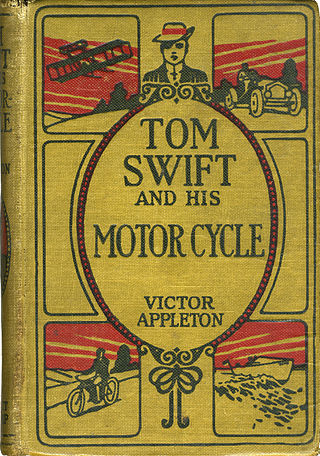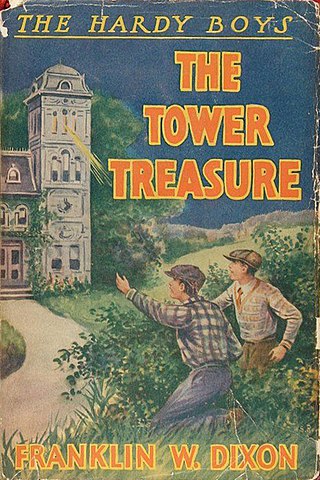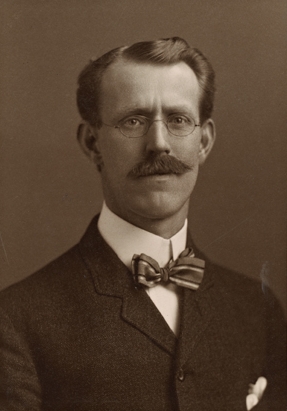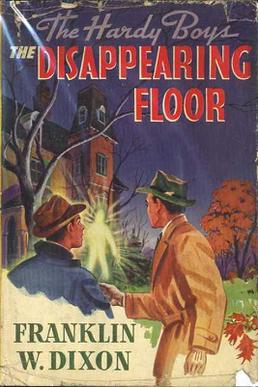| Volume | Original Published Title | Year of Original Publication | Revision History | New Title | Year of Retitled Publication |
|---|
| 1 | The Bobbsey Twins, or Merry Days Indoors and Out | 1904 | ET 1928, NE 1950, CR 1961 | The Bobbsey Twins of Lakeport | 1961 |
| 2 | The Bobbsey Twins in the Country | 1907 | NE 1950, CR 1961 | The Bobbsey Twins' Adventure in the Country | 1961 |
| 3 | The Bobbsey Twins at the Seashore | 1907 | NE 1950, CR 1961 | The Bobbsey Twins: The Secret at the Seashore | 1961 |
| 4 | The Bobbsey Twins at School | 1913 | UR 1941, CR 1962 | The Bobbsey Twins' Mystery at School | 1962 |
| 5 | The Bobbsey Twins at Snow Lodge | 1913 | © 1941, CR 1960 | The Bobbsey Twins: The Mystery at Snow Lodge | 1960 |
| 6 | The Bobbsey Twins on a Houseboat | 1915 | © 1943, CR 1955 | | |
| 7 | The Bobbsey Twins at Meadow Brook | 1915 | © 1943, CR 1963 | The Bobbsey Twins' Mystery at Meadow Brook | 1963 |
| 8 | The Bobbsey Twins at Home | 1916 | © 1944, CR 1960 | The Bobbsey Twins' Big Adventure at Home | 1960 |
| 9 | The Bobbsey Twins in a Great City | 1917 | UR 1945, CR 1960 | The Bobbsey Twins' Search in the Great City | 1960 |
| 10 | The Bobbsey Twins on Blueberry Island | 1917 | © 1945, CR 1959 | | |
| 11 | The Bobbsey Twins on the Deep Blue Sea | 1918 | | The Bobbsey Twins' Mystery on the Deep Blue Sea | 1965 |
| 12 | The Bobbsey Twins in Washington | 1919 | © 1947, CR 1962 | The Bobbsey Twins' Adventure in Washington | 1962 |
| 13 | The Bobbsey Twins in the Great West | 1920 | © 1948, CR 1966 | The Bobbsey Twins' Visit to the Great West | 1966 |
| 14 | The Bobbsey Twins at Cedar Camp | 1921 | © 1949, CR 1967 | The Bobbsey Twins: the Cedar Camp Mystery | 1967 |
| 15 | The Bobbsey Twins at the County Fair | 1922 | CR 1960 | The Bobbsey Twins: the County Fair Mystery | 1960 |
| 16 | The Bobbsey Twins Camping Out | 1923 | UR 1955 | | |
| 17 | The Bobbsey Twins and Baby May | 1924 | CR 1968 | The Bobbsey Twins' Adventures with Baby May | 1968 |
| 18 | The Bobbsey Twins Keeping House | 1925 | CR 1968 | The Bobbsey Twins': The Play House Secret | 1968 |
| 19 | The Bobbsey Twins at Cloverbank | 1926 | CR 1968 | The Bobbsey Twins: the Four Leaf Clover Mystery | 1968 |
| 20 | The Bobbsey Twins at Cherry Corners | 1927 | CR 1971 | The Bobbsey Twins: the Mystery at Cherry Corners | 1971 |
| 21 | The Bobbsey Twins and their Schoolmates | 1928 | | | |
| 22 | The Bobbsey Twins Treasure Hunting | 1929 | | | |
| 23 | The Bobbsey Twins at Spruce Lake | 1930 | | | |
| 24 | The Bobbsey Twins' Wonderful Secret | 1931 | CR 1962 | The Bobbsey Twins' Wonderful Winter Secret | 1962 |
| 25 | The Bobbsey Twins at the Circus | 1932 | CR 1960 | The Bobbsey Twins and the Circus Surprise | 1960 |
| 26 | The Bobbsey Twins on an Airplane Trip | 1933 | | | |
| 27 | The Bobbsey Twins Solve a Mystery | 1932 | | | |
| 28 | The Bobbsey Twins on a Ranch | 1935 | | | |
| 29 | The Bobbsey Twins in Eskimo Land | 1936 | | | |
| 30 | The Bobbsey Twins in a Radio Play | 1937 | | | |
| 31 | The Bobbsey Twins at Windmill Cottage | 1938 | | | |
| 32 | The Bobbsey Twins at Lighthouse Point | 1939 | | | |
| 33 | The Bobbsey Twins at Indian Hollow | 1940 | | | |
| 34 | The Bobbsey Twins at the Ice Carnival | 1941 | | | |
| 35 | The Bobbsey Twins in the Land of Cotton | 1942 | | | |
| 36 | The Bobbsey Twins in Echo Valley | 1943 | | | |
| 37 | The Bobbsey Twins on the Pony Trail | 1944 | | | |
| 38 | The Bobbsey Twins at Mystery Mansion | 1945 | | | |
| 39 | The Bobbsey Twins at Sugar Maple Hill | 1946 | | | |
| 40 | The Bobbsey Twins in Mexico | 1947 | | | |
| 41 | The Bobbsey Twins' Toy Shop | 1948 | | | |
| 42 | The Bobbsey Twins in Tulip Land | 1949 | | | |
| 43 | The Bobbsey Twins in Rainbow Valley | 1950 | | | |
| 44 | The Bobbsey Twins' Own Little Railroad | 1951 | | | |
| 45 | The Bobbsey Twins at Whitesail Harbor | 1952 | | | |
| 46 | The Bobbsey Twins and the Horseshoe Riddle | 1953 | | | |
| 47 | The Bobbsey Twins at Big Bear Pond | 1953 | | | |
| 48 | The Bobbsey Twins on a Bicycle Trip | 1954 | | | |
| 49 | The Bobbsey Twins' Own Little Ferryboat | 1956 | | | |
| 50 | The Bobbsey Twins at Pilgrim Rock | 1956 | | | |
| 51 | The Bobbsey Twins' Forest Adventure | 1957 | | | |
| 52 | The Bobbsey Twins at London Tower | 1959 | | | |
| 53 | The Bobbsey Twins in the Mystery Cave | 1960 | | | |
| 54 | The Bobbsey Twins in Volcano Land | 1961 | | | |
| 55 | The Bobbsey Twins: The Goldfish Mystery | 1962 | | | |
| 56 | The Bobbsey Twins: The Big River Mystery | 1963 | | | |
| 57 | The Bobbsey Twins: The Greek Hat Mystery | 1964 | | | |
| 58 | The Bobbsey Twins: The Search for the Green Rooster | 1965 | | | |
| 59 | The Bobbsey Twins: Their Camel Adventure | 1966 | | | |
| 60 | The Bobbsey Twins: Mystery of the King's Puppet | 1967 | | | |
| 61 | The Bobbsey Twins: The Secret of Candy Castle | 1968 | | | |
| 62 | The Bobbsey Twins: The Doodlebug Mystery | 1969 | | | |
| 63 | The Bobbsey Twins: The Talking Fox Mystery | 1970 | | | |
| 64 | The Bobbsey Twins: The Red, White and Blue Mystery | 1971 | | | |
| 65 | The Bobbsey Twins: Dr. Funnybone's Secret | 1972 | | | |
| 66 | The Bobbsey Twins: The Tagalong Giraffe | 1973 | | | |
| 67 | The Bobbsey Twins: The Flying Clown | 1974 | | | |
| 68 | The Bobbsey Twins: On the Sun-Moon Cruise | 1975 | | | |
| 69 | The Bobbsey Twins: The Freedom Bell Mystery | 1976 | | | |
| 70 | The Bobbsey Twins: The Smokey Mountain Mystery | 1977 | | | |
| 71 | The Bobbsey Twins in a TV Mystery Show | 1978 | | | |
| 72 | The Bobbsey Twins: The Coral Turtle Mystery | 1979 | | | |














